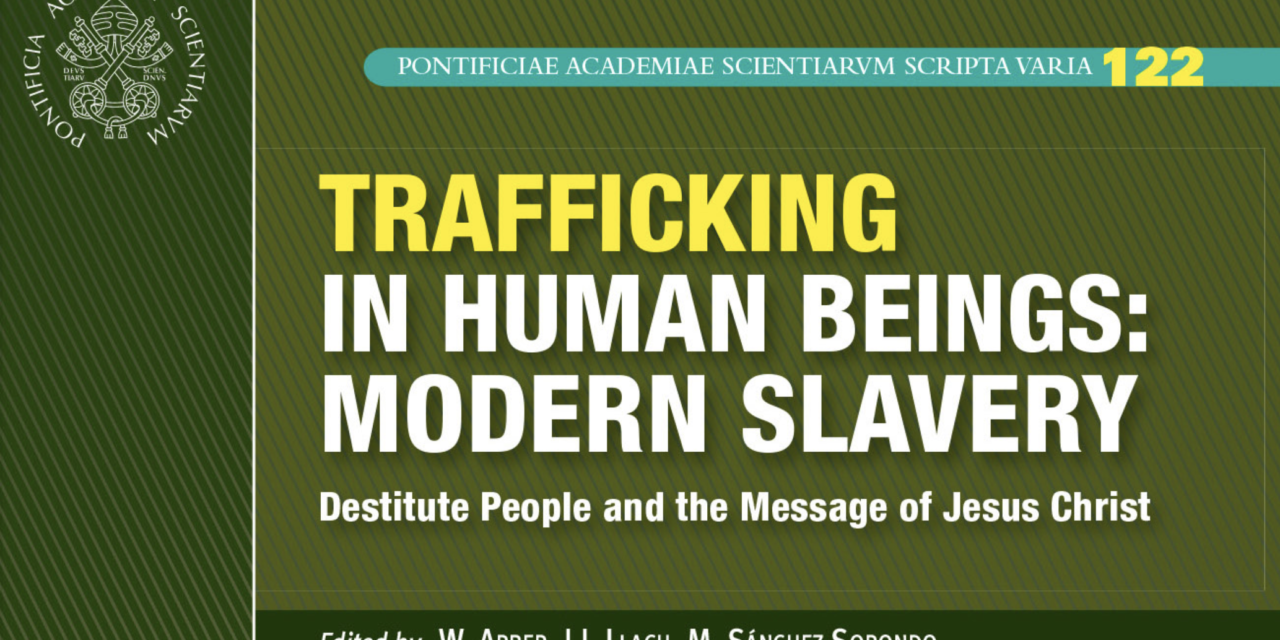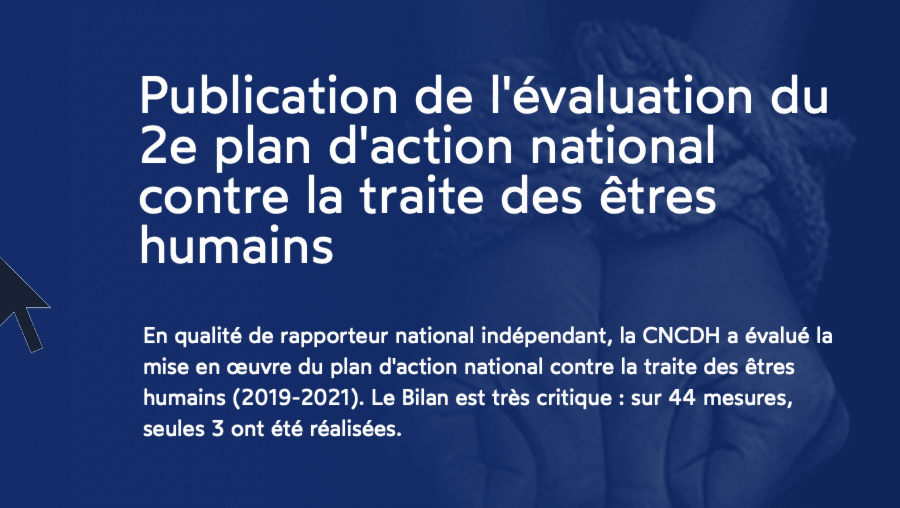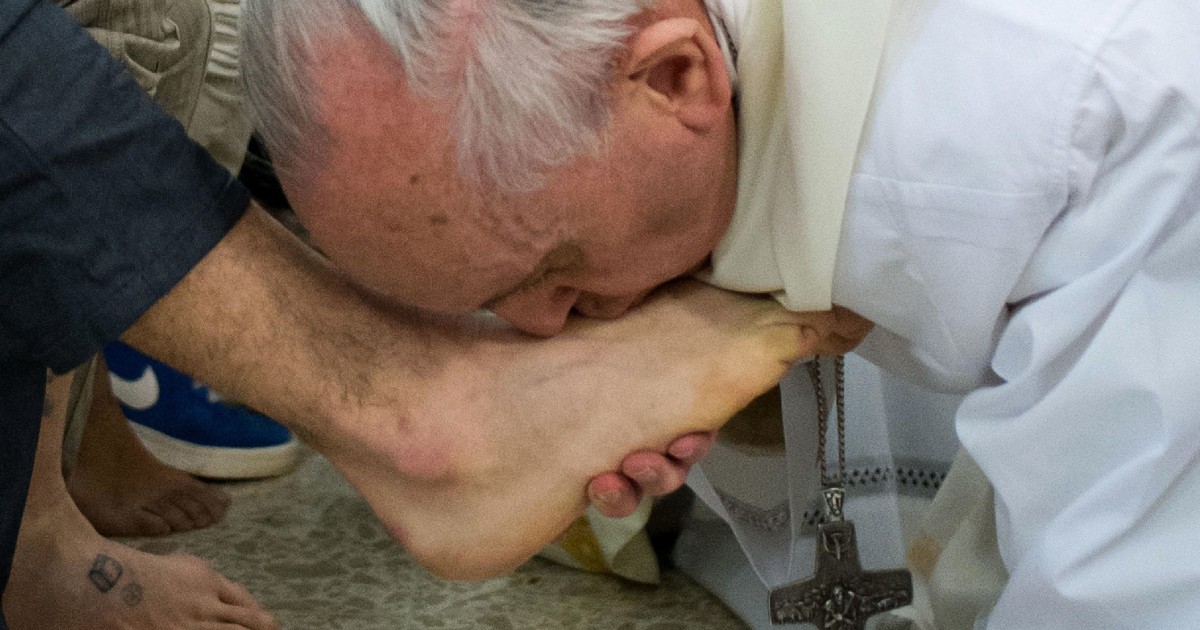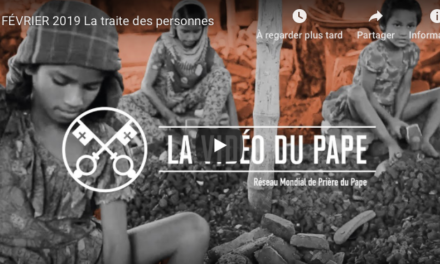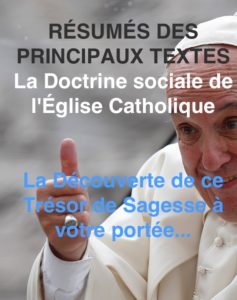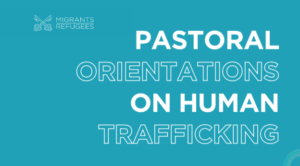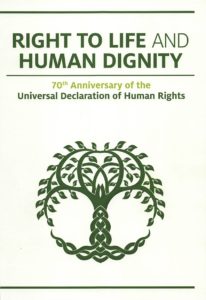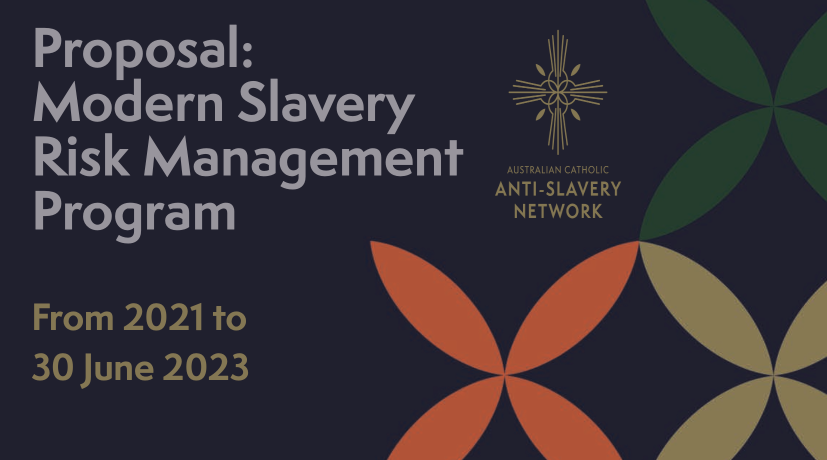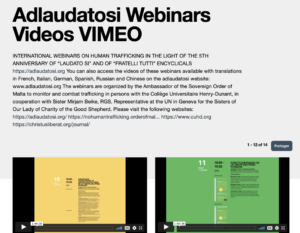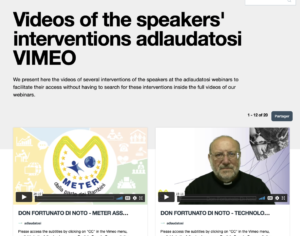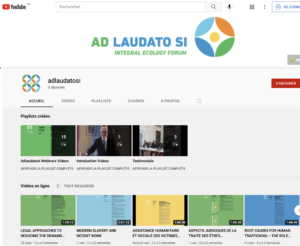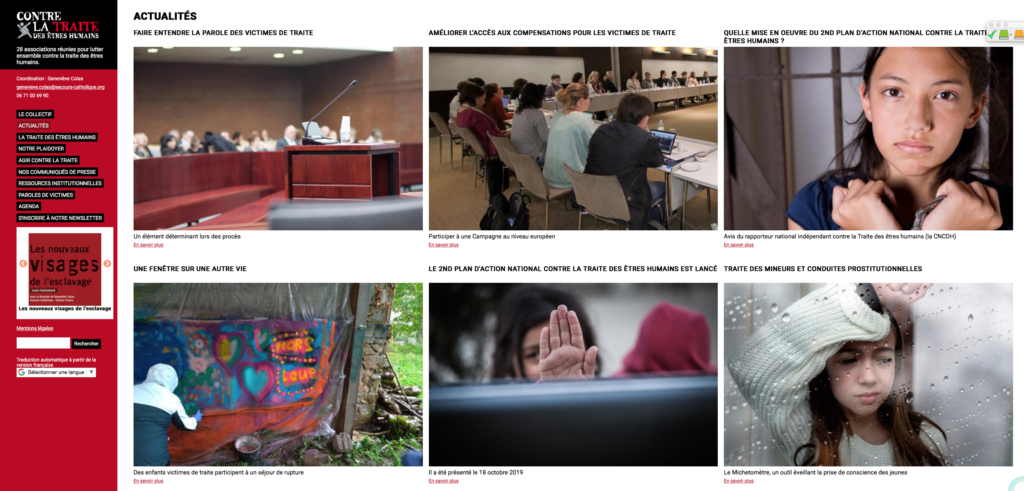Preface
Following a wish expressed by Pope Francis, the Pontifical Academy of Sciences and the Pontifical Academy of Social Sciences, together with the FIAMC (the World Federation of Catholic Medical Associations), are organising a preparatory workshop on 2–3 November 2013 in the Casina Pio IV. This will examine human trafficking and modern slavery in order to establish the real state of this phenomenon and an agenda to combat this heinous crime. For example, the natural sciences today can provide new tools that can be used against this new form of slavery, such as a digital registry to compare the DNA of unidentified missing children (including cases of illegal adoption) with that of their family members who have reported their disappearance.1
No one can deny that “the trade in human persons constitutes a shocking offence against human dignity and a grave violation of fundamental human rights” and is an accelerator of criminal profits in this new century. The Second Vatican Council itself observed that “slavery, prostitution, the selling of women and children, and disgraceful working conditions where people are treated as instruments of gain rather than free and responsible persons” are ‘infamies’ which ‘poison human society, debase their perpetrators’ and constitute “a supreme dishonour to the Creator”.2 In one of the few documents of the Magisterium of the Popes on this issue, quoted above, the Blessed John Paul II added that “such situations are an affront to fun damental values which are shared by all cultures and peoples, values rooted in the very nature of the human person”. The horrible increase in this crime, the Pope continued, is a new challenge for the social sciences and natural sciences in the context of contemporary globalisation:“the alarming increase in the trade in human beings is one of the pressing political, social and economic problems associated with the process of globalisation; it presents a serious threat to the security of individual nations and a question of international justice which cannot be deferred’.3
According to the recent UNODC 2012 Report on Trafficking,4 the UN started being aware of this increasing crime only in the year 2000, together with the emerging effects of globalisation, and subsequently drafted a Protocol to Prevent, Suppress and Punish Trafficking in Persons, Especially Women and Children, supplementing the United Nations Convention against Transnational Organized Crime, which has been signed by 117 parties.5 According to the 2012 Report, the International Labour Organisation estimated that between 2002 and 2010 “20.9 million people were victims of forced labour globally.This estimate also includes victims of human trafficking for labour and sexual exploitation” (p. 1). Each year, it is estimated that about 2 million people are victims of sexual trafficking, 60% of whom are girls. Human organ trafficking reaches almost 1% of that figure, thus affecting around 20,000 people who are forced or deceived into giving up an organ (liver, kidney, pancreas, cornea, lung, even the heart), not without the complicity of doctors, nurses and other medical staff, who have pledged to follow Hippocrates’ oath Primum non nocere instead. But these chilling figures “represent only the tip of the iceberg, as criminals generally go to great lengths to prevent the detection of their activities” (p. 16). Some observers speculate that, within ten years, human trafficking will surpass drugs and weapons trafficking to become the most profitable criminal activity in the world. Recent trends, however, indicate that human trafficking is already in the first place, so that far from being a declining social crime, it is becoming ever more threatening.6 International sex trafficking is not limited to poor and undeveloped areas of the world – it is a problem in virtually every region of the globe. Countries with large (often legal) sex industries create the demand for trafficked women and girls, while countries where traffickers can easily recruit provide the supply. Generally,economically depressed countries provide the easiest recruitment for traffickers. The regions that produce the most sex trafficking victims are the former Soviet republics, Asia, and Latin America.
Because of the enormous sums of money involved and the human scan- dal and moral degradation of this traffic, which lead to pessimism and resignation,7 many international institutions often turn their backs on this tragedy. This is why it is so important for the PAS and the PASS, together with the Federation of Catholic Medical Associations, to follow the Pope’s wish directly and sine glossa.Today, against these new forms of slavery we need to adopt the venerable attitude of the Catalan Jesuit St. Peter Claver who saw African slaves in Latin America as fellow Christians and, when he made his solemn profession in 1622, signed in Latin: Petrus Claver, aethiopum semper servus (Peter Claver, always servant of the Africans). In short, this great saint embodied the Christian revolution, unknown to the Greeks and the Romans and to all previous civilisations, which began explicitly with the famous letter to Philemon of St. Paul who urged him to consider Onesimus ‘no longer as a slave, but as more than a slave, as a dear brother’. In other words, we must declare in our time with the SecondVatican Council: “everyone must consider his neighbour without exception as another self, taking into account first of all his life and the means necessary to living it with dignity, so as not to imitate the rich man who had no concern for the poor man Lazarus”. In definitive terms, we must make our own the very words of the Lord:“whatever you did for one of these least brothers of mine, you did for me” (Mt. 25:40).
We must thus be grateful to Pope Francis for identifying one of the most important social tragedies of our times and having enough confidence in our Catholic institutions to instruct us to organise this workshop. As he said during the canonisation of the Mexican saint, Guadalupe García Zavala, “this is called ‘touching the flesh of Christ’”. The poor, the abandoned, the sick and the marginalised are the flesh of Christ. And Mother Lupita touched the flesh of Christ and taught us this behaviour: not to feel ashamed, not to fear, not to find “touching Christ’s flesh” repugnant. Mother Lupita had realized what “‘touching Christ’s flesh’ actually means”.8 Pope Francis’ words are a clear reaction, following of Jesus Christ’s message, to this new form of contemporary slavery which constitutes an abhorrent vi- olation of the dignity and rights of human beings.
Marcelo Sánchez Sorondo
Rome, 2 November 2013

